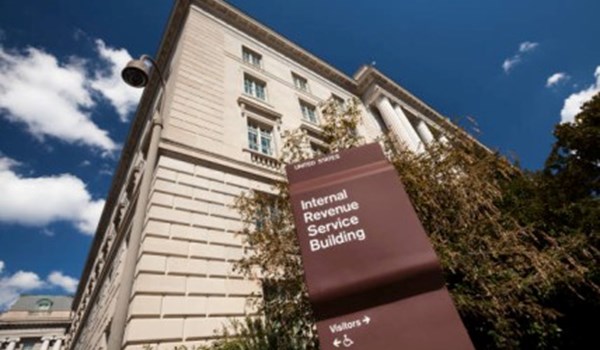The 2024 United Nations Climate Change Conference (COP29) left a bitter taste in the mouths of developing country negotiators. Many felt betrayed by what Indian negotiator Chandni Raina called an ‘optical illusion’ of climate finance to build on.
The United States and the European Union were clearly and rightly in the spotlight. But Asia’s climate finance commitments haven’t been close to historical highs either. Whether it was due to conservative governments in South Korea and New Zealand, arguably misaligned financing schedules in Japan or a pending election in Australia, the region’s traditional financiers have largely struggled in 2024.
South Korea’s currently embattled conservative government contributed US$300 million to the Green Climate Fund in 2023 but only US$10 million in 2024 — a 97 per cent reduction that coincides with the new Democratic Party majority in the National Assembly.
In Japan, it was more of a question of timing. Like Canada and New Zealand, Japan maps out its climate finance commitments in multi-year instalments. Their last public finance instalment was equivalent to US$43 billion from 2021–25. This makes it one of the biggest individual country contributors to climate finance, and this figure is even larger when including private finance. But civil society groups in Japan have regularly criticised not only the scale but also quality of the projects it has historically financed.
Japanese Prime Minister Ishiba Shigeru had only been in power for a month when COP29 occurred and was busy finalising Tokyo’s next Basic Energy Plan. The new administration went into COP29 hoping to keep a low profile and will certainly be comparing its positions to the United States over the next few years and gauging the strategic opportunities that arise from US isolationism.
Southeast Asia will remain a key focus for strategic engagement going forward and is looking for a strong financing pledge. At the recent ASEAN Japan climate summit, partners urged Japan to ramp up funding to support the Asia Zero Emission Community and climate adaptation needs. The region is projected to account for a quarter of global energy demand growth leading up to 2035.
The European Union explicitly singled out Singapore’s traditional reluctance on climate finance, and Singapore responded by announcing a new contribution of US$500 million in the form of low-interest loans. This builds on what was a precedent-setting announcement in 2023 of up to US$5 billion in concessional financing for ‘green’ projects across Asia. This isn’t the type of funding that will help heavily indebted Asian partners like Pakistan and Bangladesh but is a reasonable first step for a country that has been long overdue to contribute.
New Zealand’s leadership change undoubtedly shifted Asia Pacific climate finance ambition in 2024. During progressive prime minister Jacinda Ardern’s seven year term she locked in US$760 million in climate finance between 2022–25. The new government’s recent promises to contribute NZ$20 million (US$ 11.5 million) to the Pacific Resilience Facility in October 2024, and an additional US$5.8 million to the loss and damage fund in November, were both drawn from this previously committed fund. Wellington should be looking to announce its next multi-year financing round in 2025.
In Australia, the current Labour government announced just over US$114 million, including US$81 million to support renewable energy expansion across the Pacific and US$33 million to support the Loss and Damage fund. These are not small amounts ahead of what will be a tough election campaign ahead of May 2025. But they pale in comparison to Sweden’s US$770 million in donations.
Depending on the results of its elections, Australia may join conservative governments in New Zealand, South Korea and Japan that may look to tighten the reins on climate finance, hiding behind a new Trump-inspired isolationism that cedes regional leadership to China. But this doesn’t mean that financial pessimism is inevitable, especially in a region competing for influence over the world’s fastest growing energy market.
At COP29, Indonesia announced that it plans to expand existing renewable energy capacity from 1 to 75 GW over the next 15 years. That is an incredible economic opportunity for regional investors, as are opportunities to expand interconnected energy grids and leverage regional energy advantages from Australia to Myanmar.
Since the Paris Agreement was signed in 2015, Asia has accounted for 90 per cent of global electricity demand increases, and looks set to continue this trend despite climate change concerns and a lack of critical adaptation investments. There is now an opportunity to compete for green energy capital through direct climate investments, debt relief and multilateral support. There is also a chance to ensure these investments through critical adaptation support that will reinforce regional growth prospects.
While the windows of climate finance struggled to open at COP29, Asia’s rapidly growing climate finance demands will look for new suppliers in 2025. The opportunity to accelerate the region’s energy transition and ensure long term sustained growth is now on.



